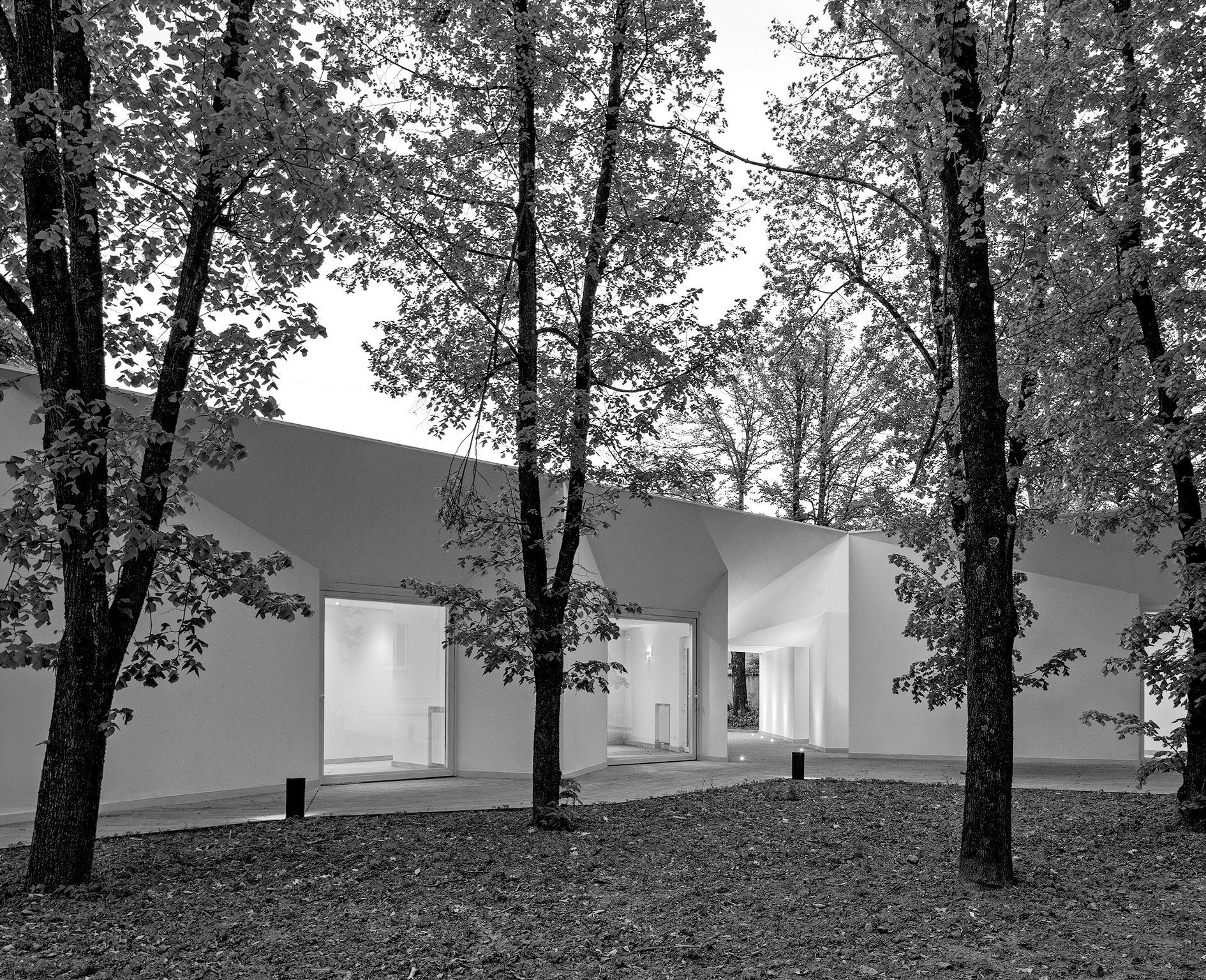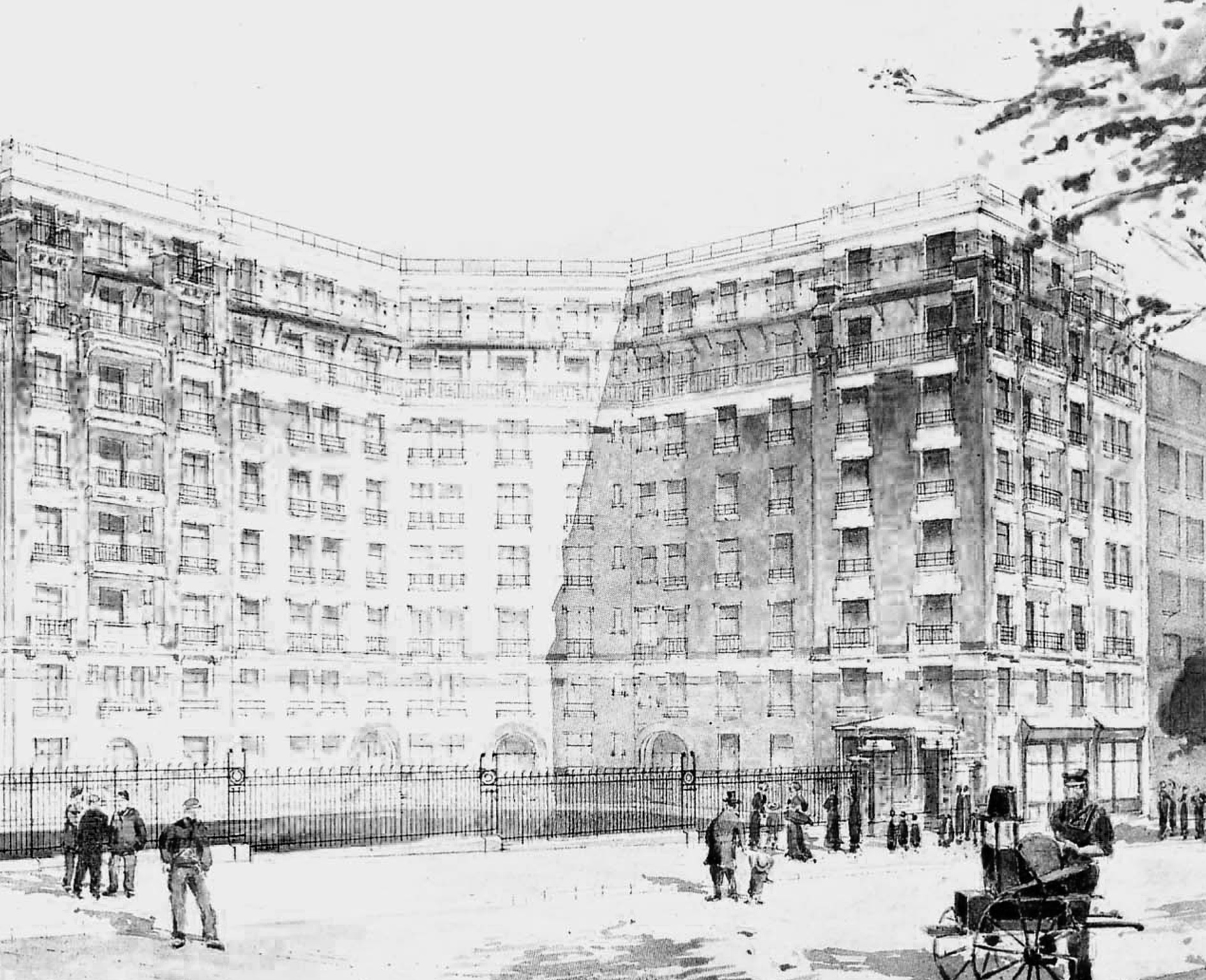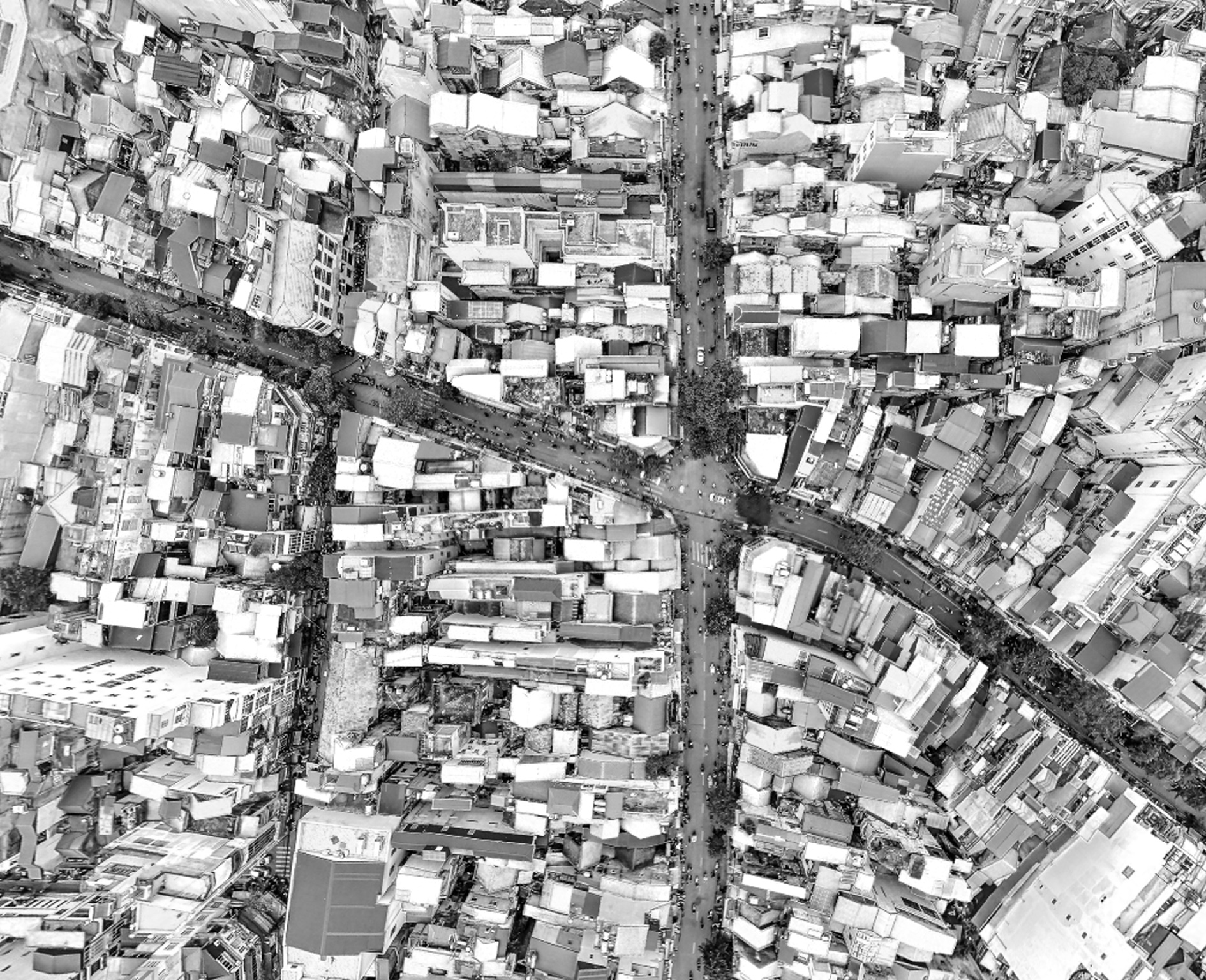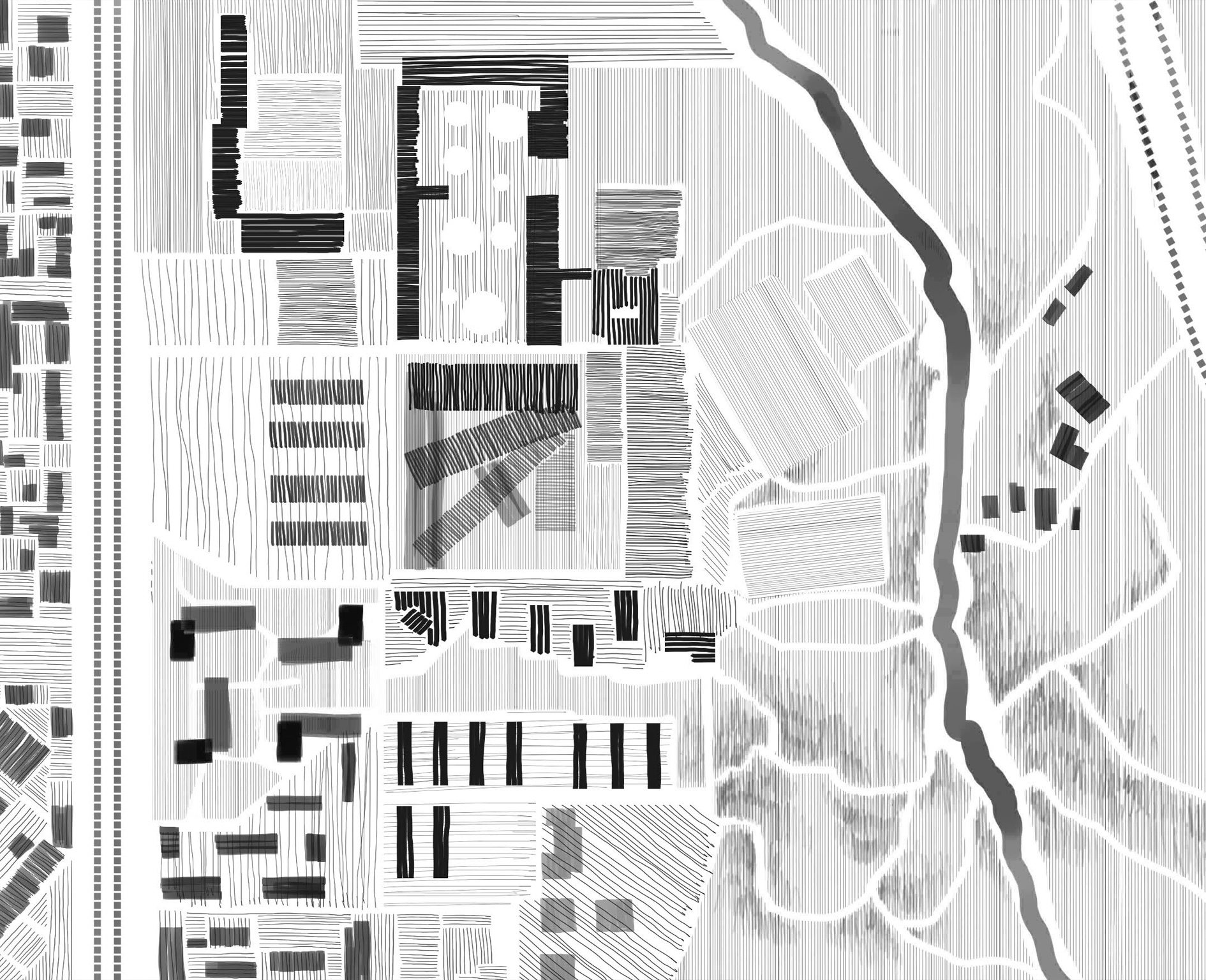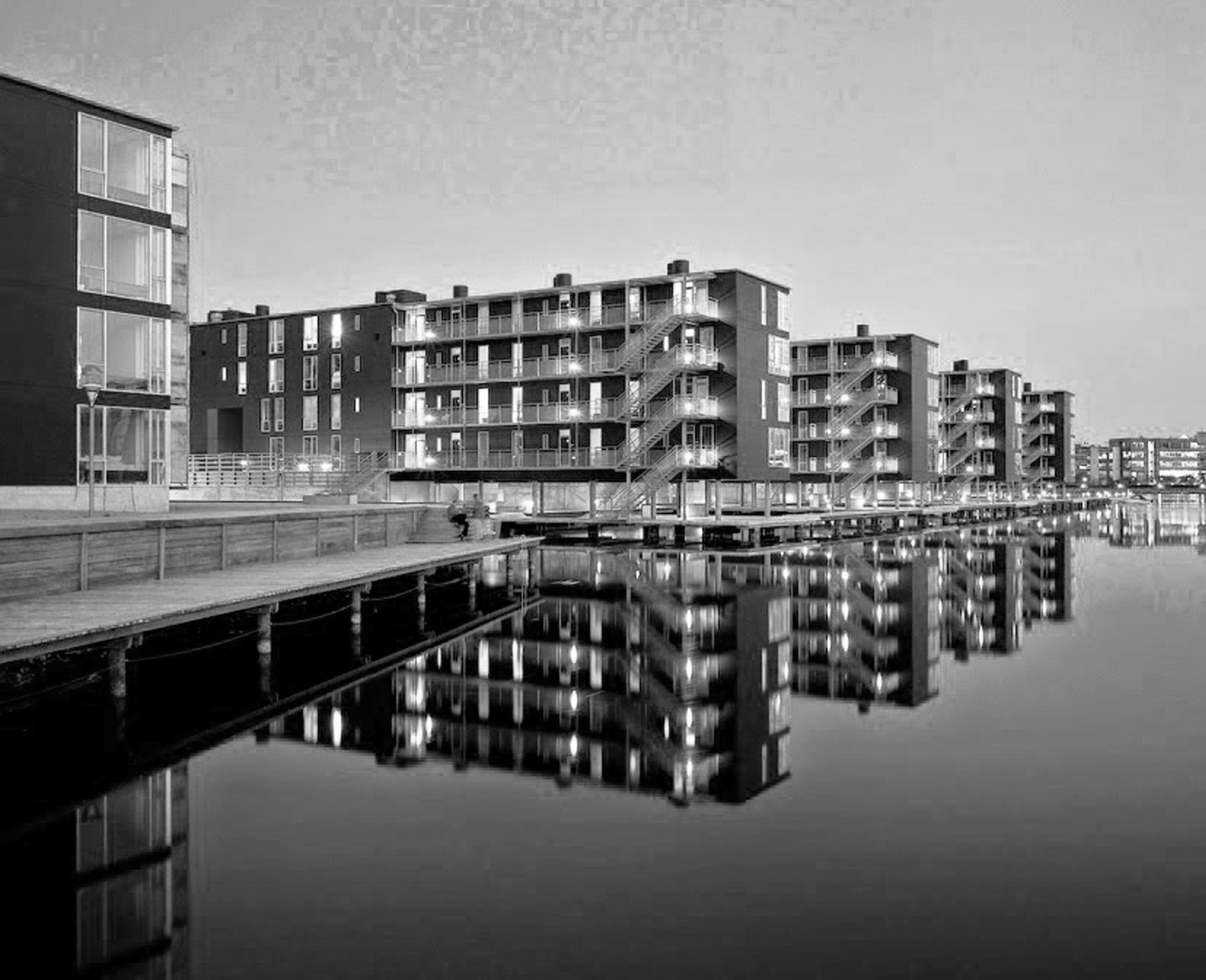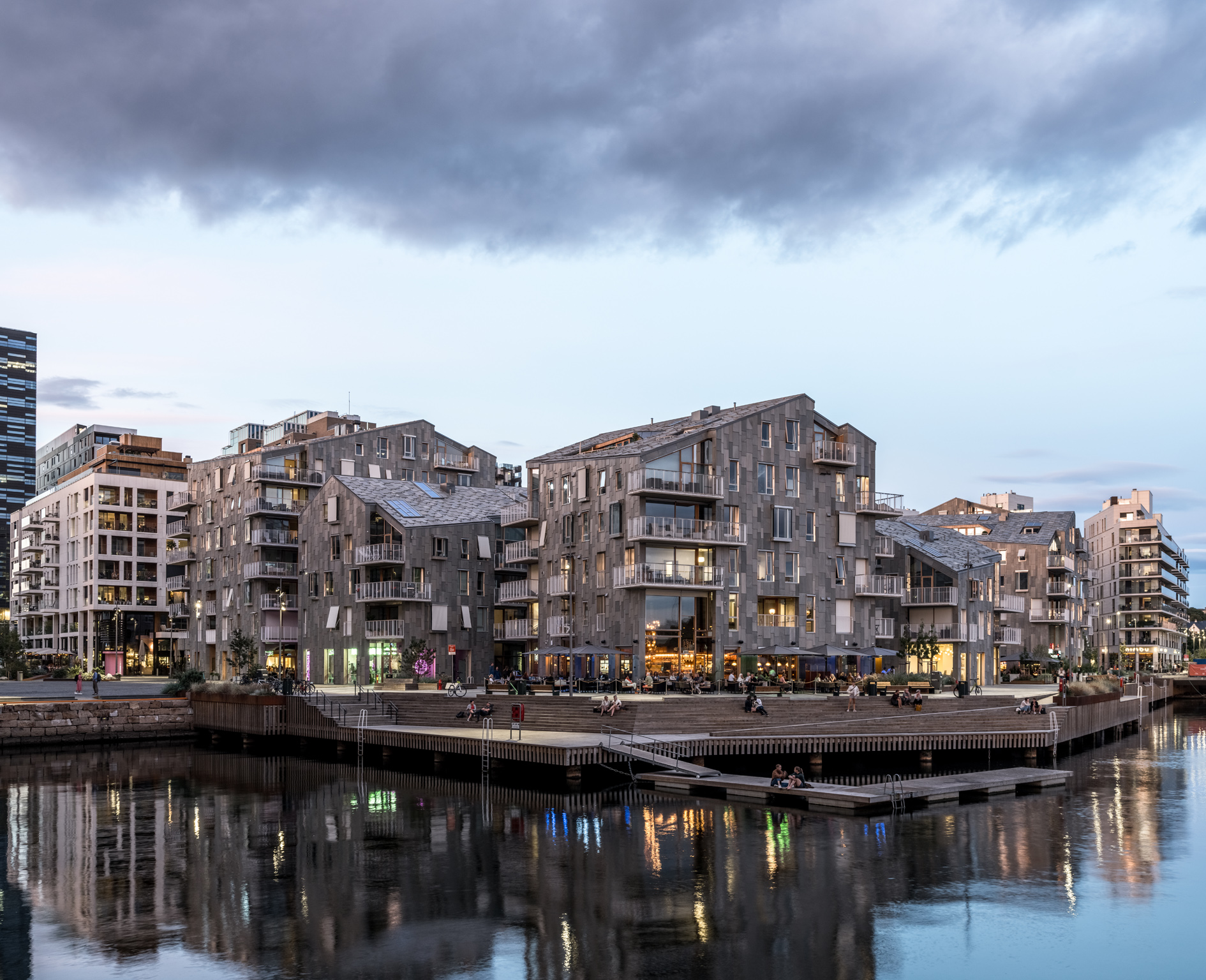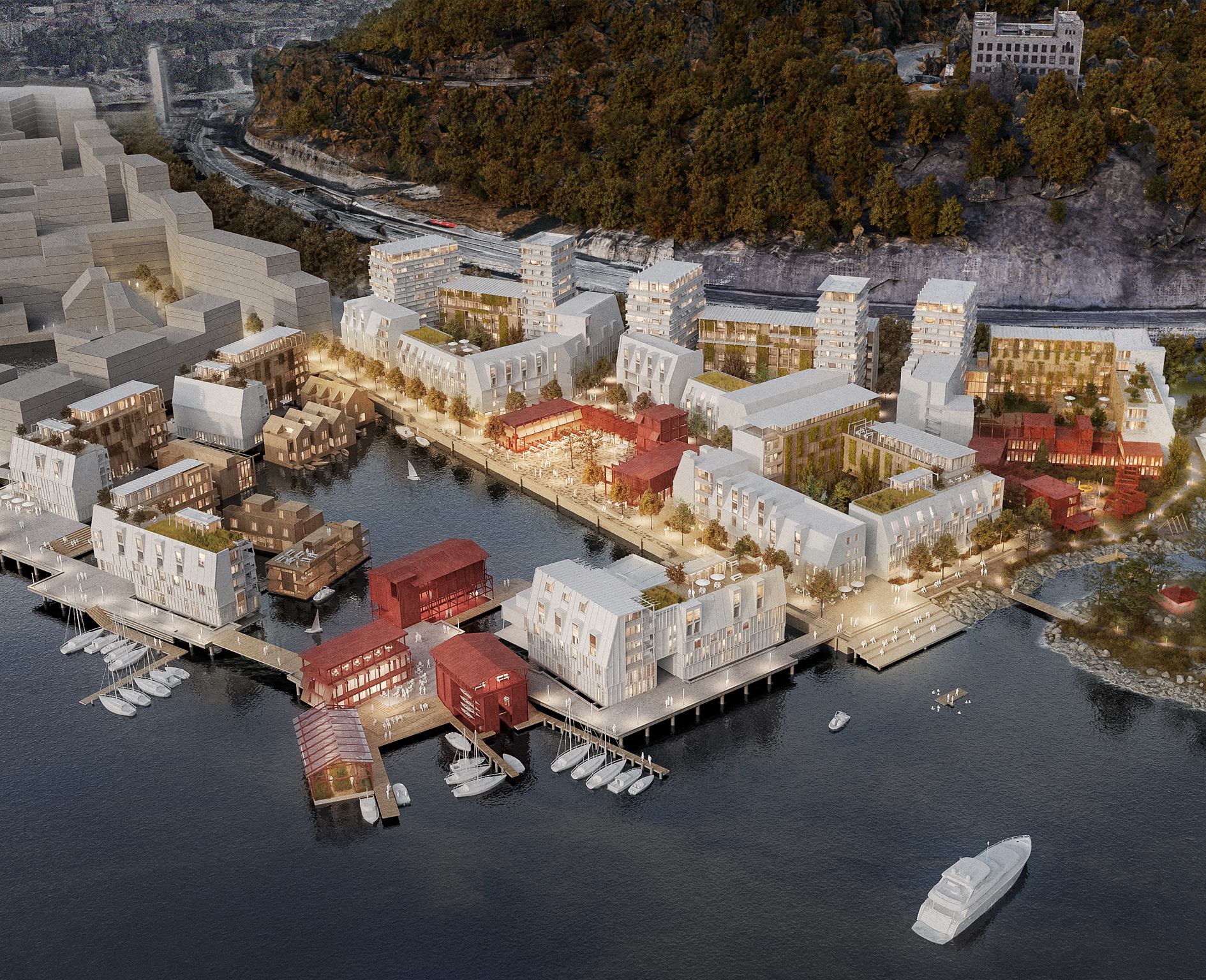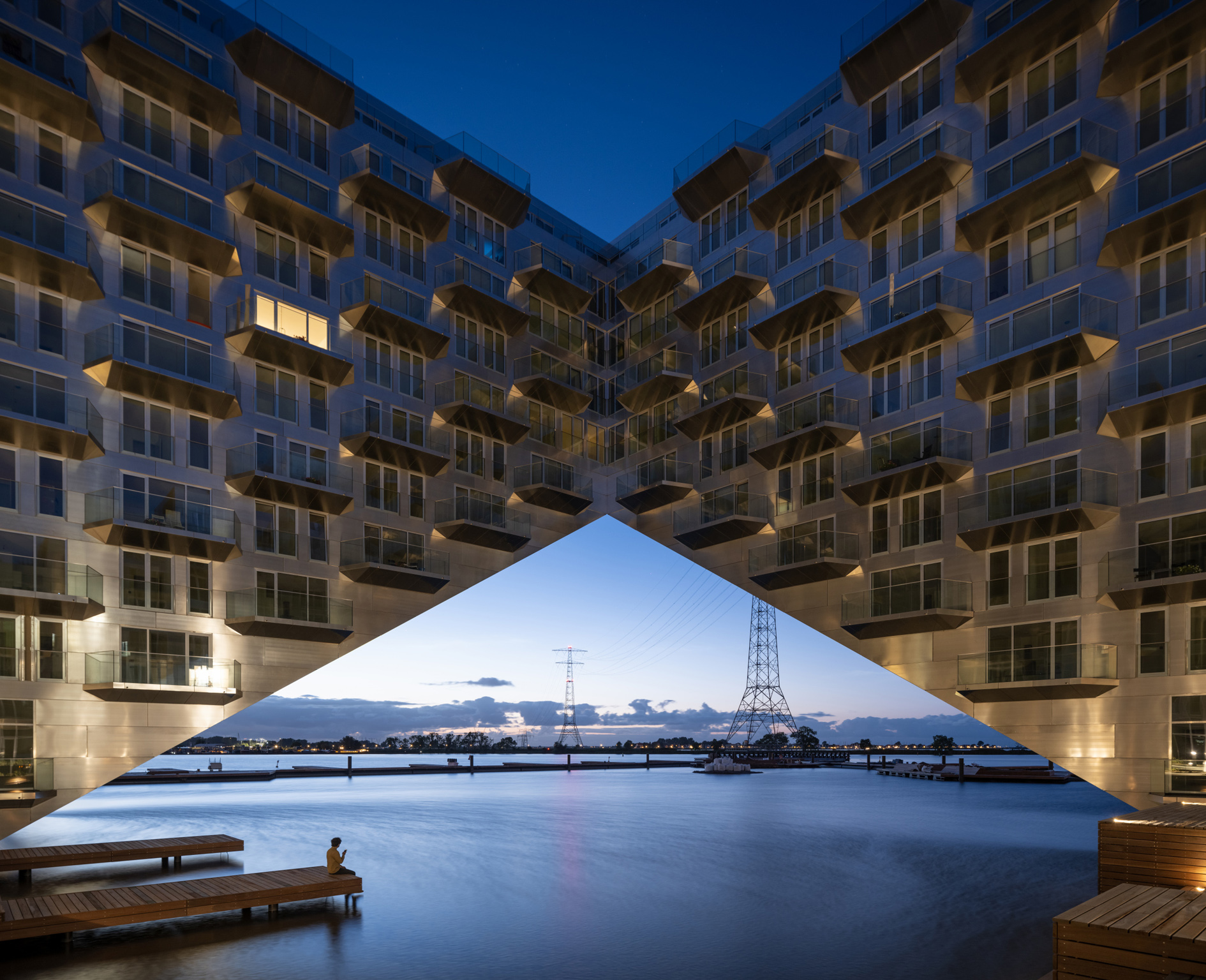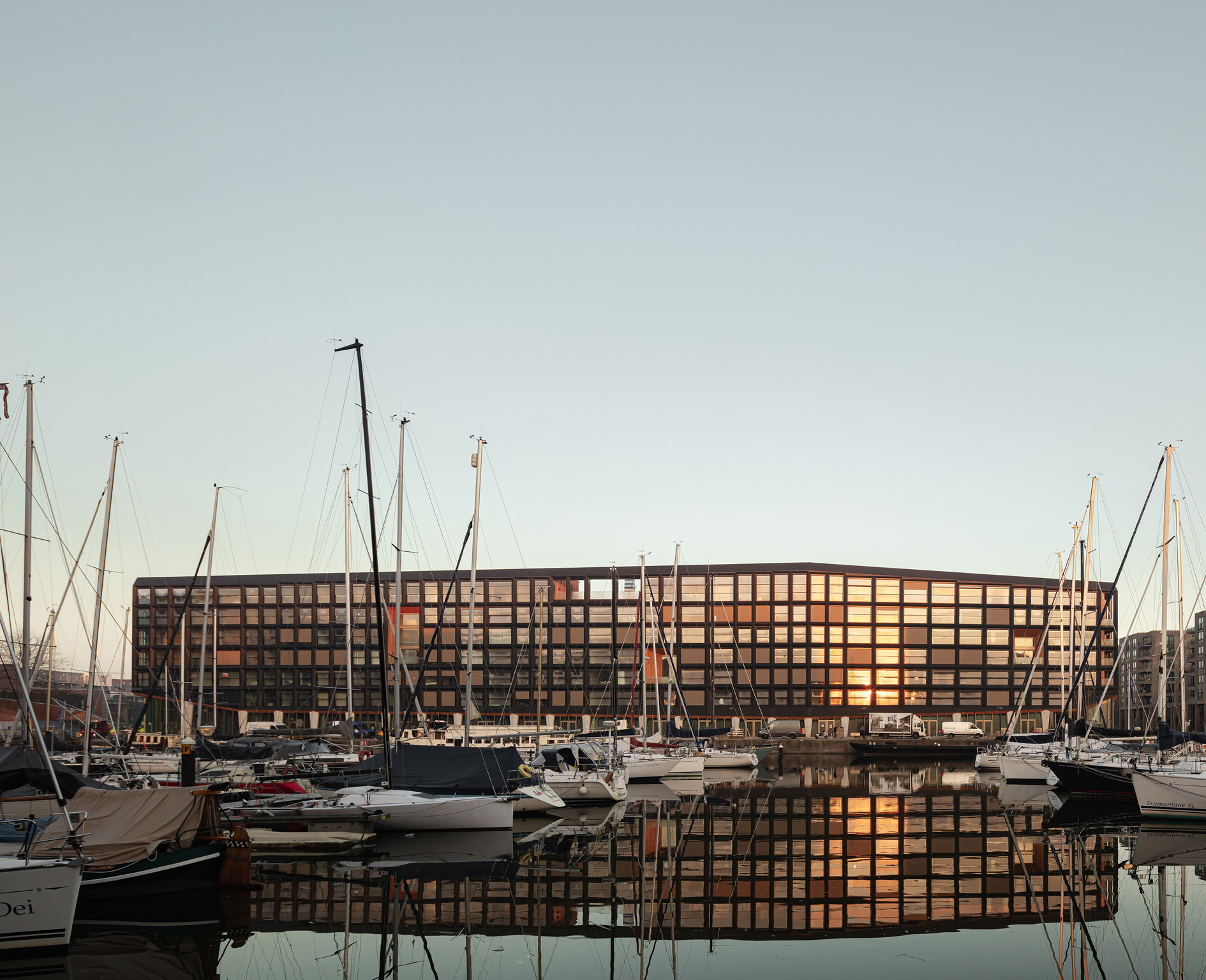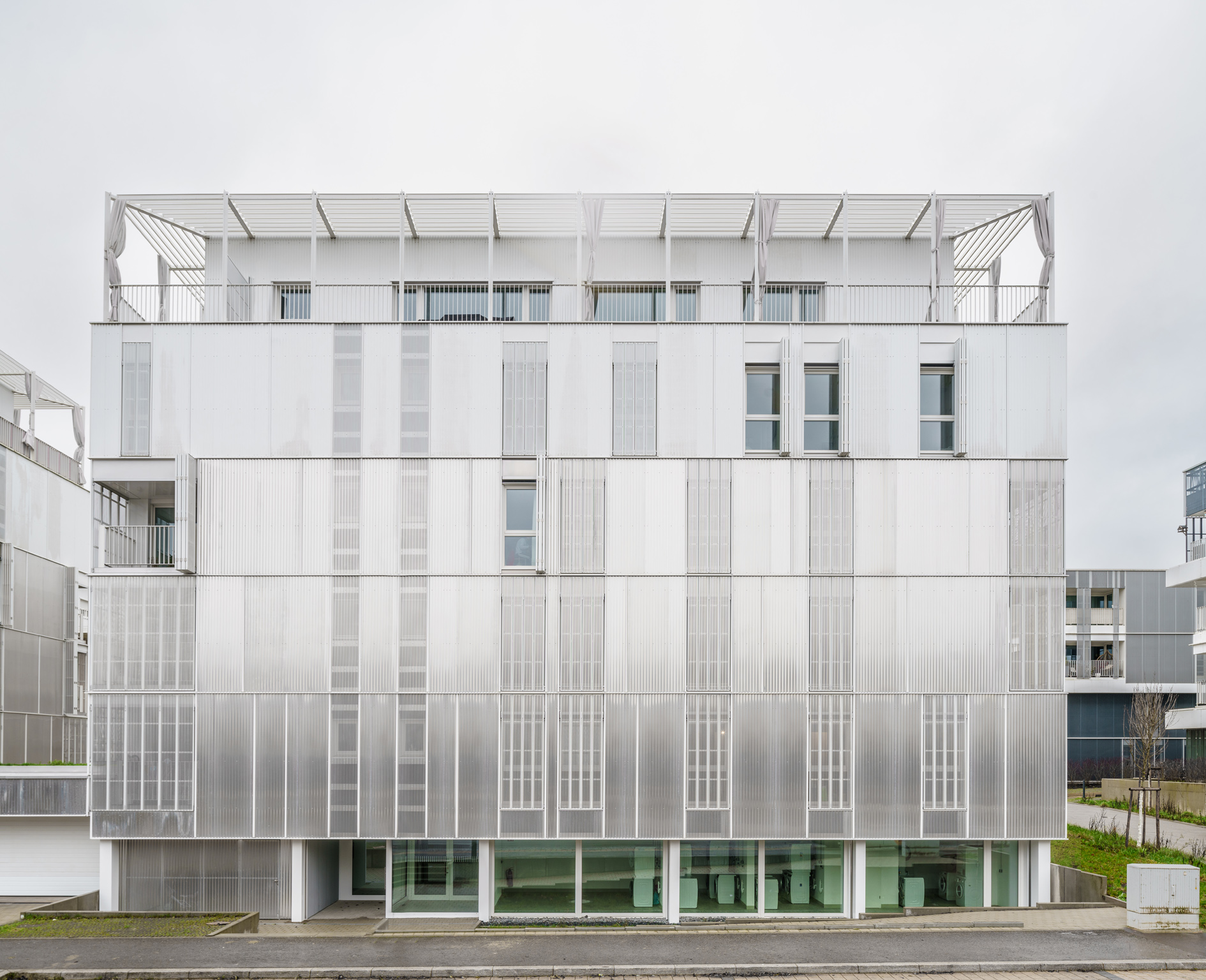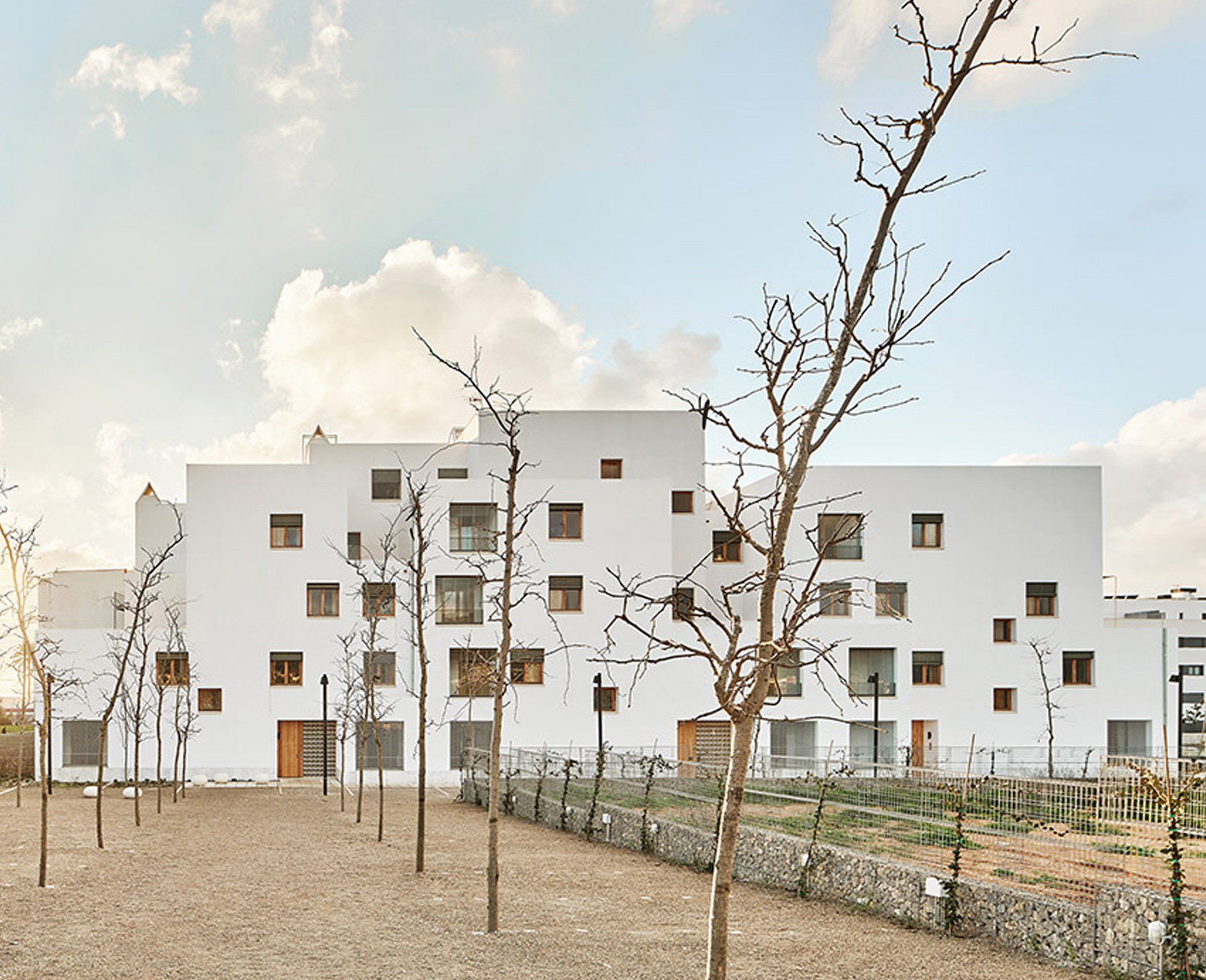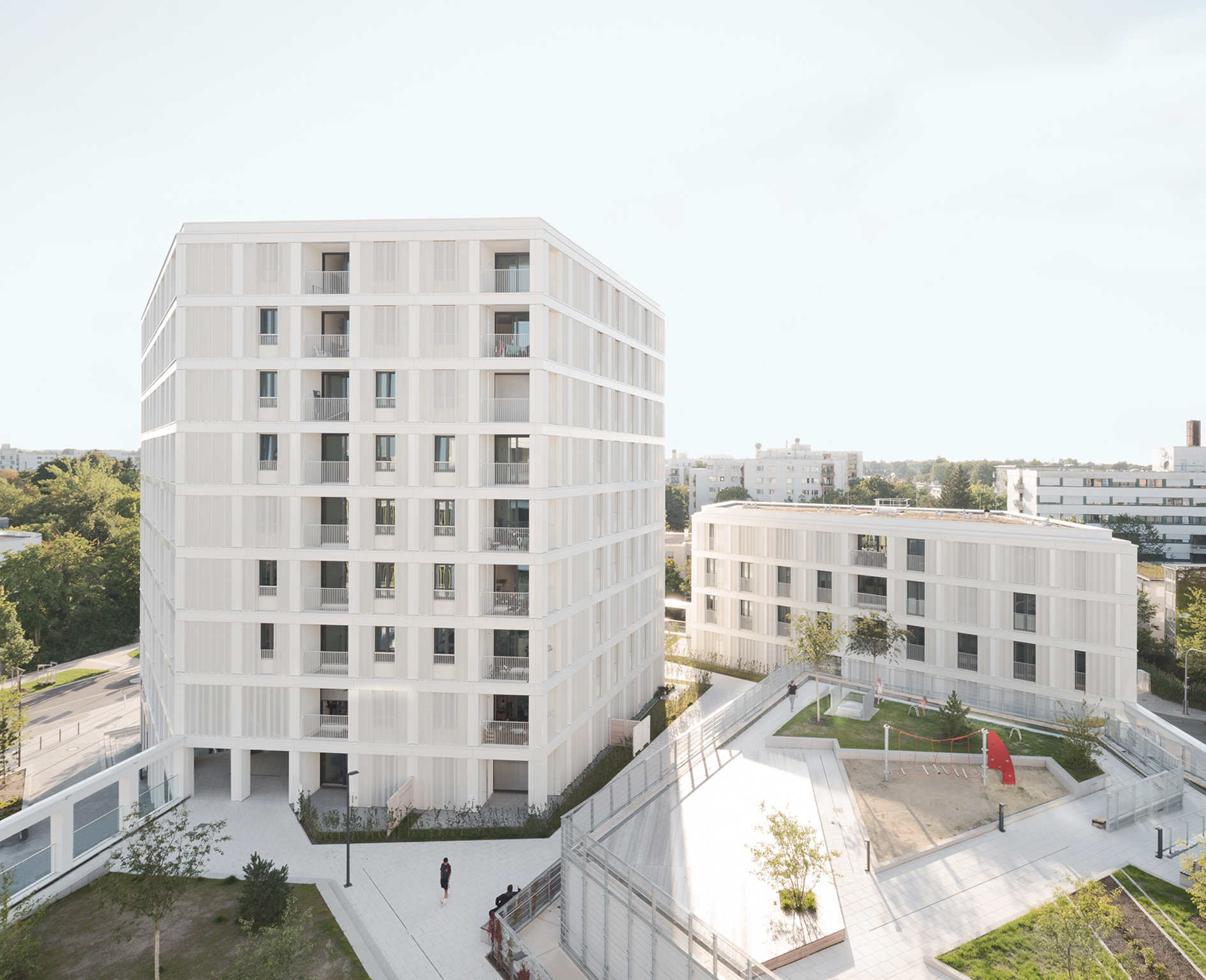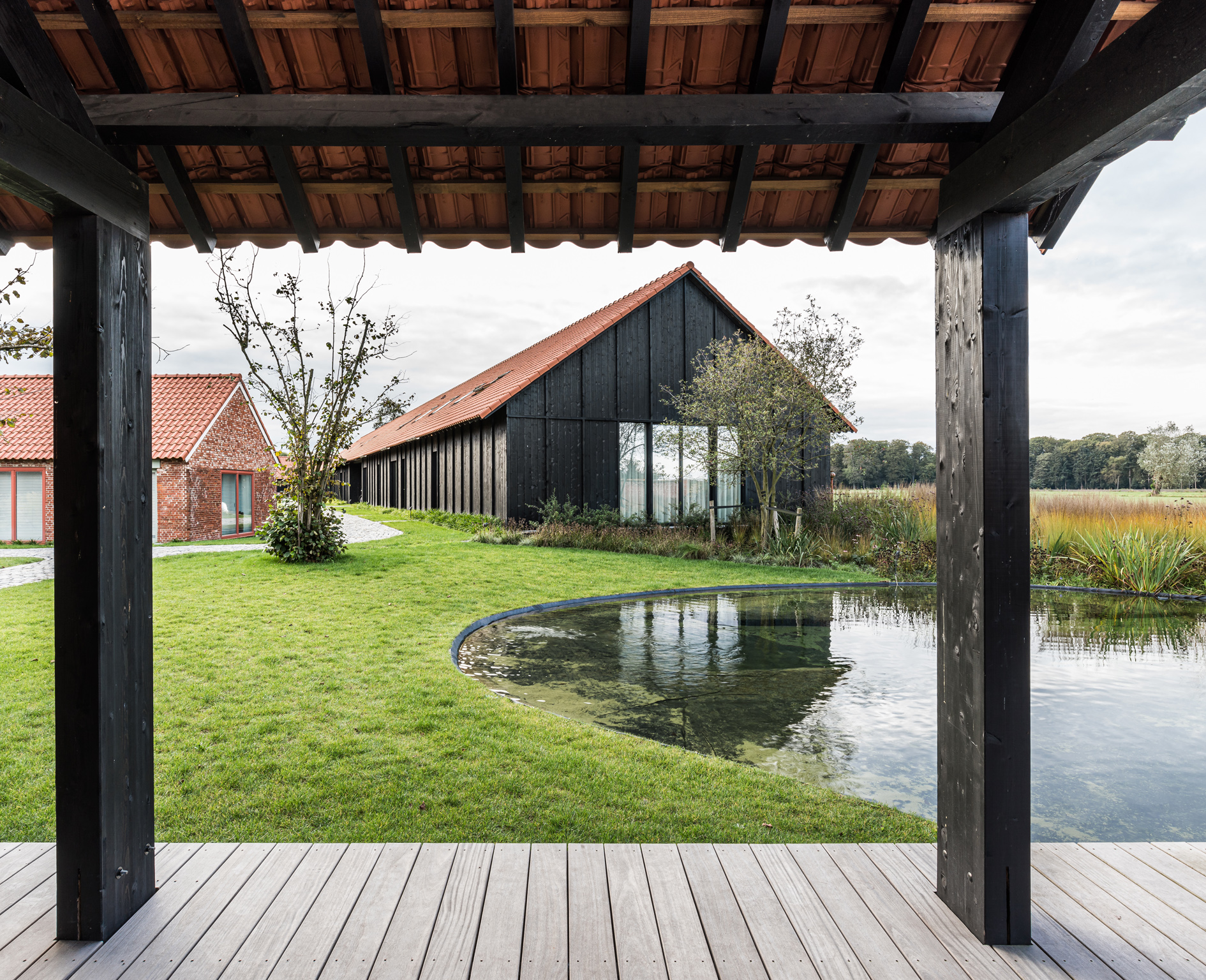THE SPACES BETWEEN SOCIAL HOUSES AND CITY
introduction
Dario Costi
The relationship with the surroundings is a valuable design aspect and deserves special attention. This can be achieved by providing the social housing project parts with an urban articulation, developing typological combinations between houses of different sizes and producing a dialogue with the surroundings. These design dynamics between these variables create intermediate spaces, which value the experience of pathways, scale shifts and the house approaching route as a condition of transition from public to private. One element is vital in activating relationship spaces and complementary places: sharing. Communal condominium spaces are everted toward the city to allow openness with neighborhood communities and become civic halls, social presidia with a central and defining compositional role. They are one of the few opportunities to reactivate a community dimension, which has vanished almost everywhere. The Flexible and Sustainable Social Housing Guidelines for the City of Parma, written and designed in 2008, focused on the configurational potential of different housing types to be connected side-by-side and by superimposition, opening up possible scenarios with significant distributional variation. That research represented establishing an oriented approach and an open attitude that led to very different figurative outcomes related to the structural search for differentiation between the parties.

